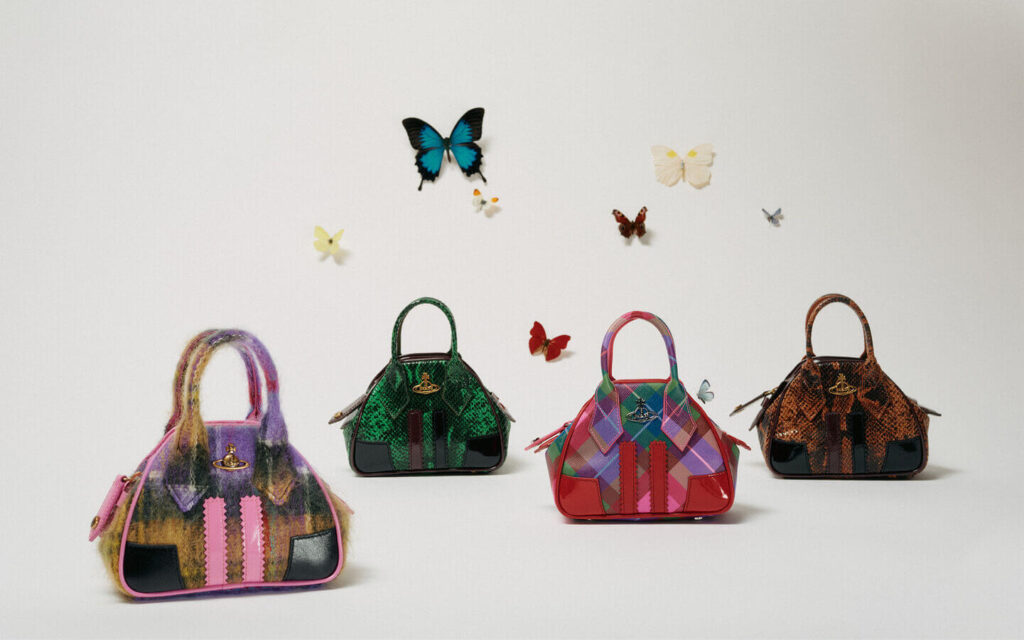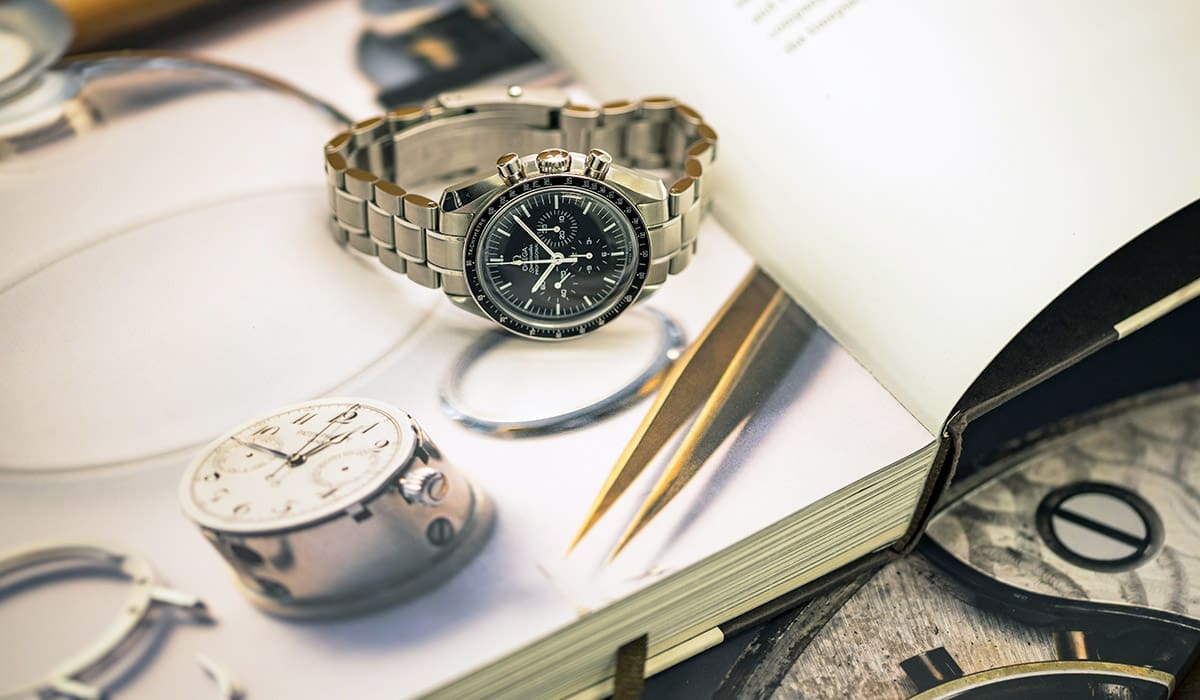Body positivity as we know it today took off in 2012, when bloggers and creators used the hashtag #bodypositivity to promote fat acceptance and turn attention toward underrepresented, and therefore underprivileged, bodies.
“In the last two years, we’ve almost seen [body positivity] being normalized, which is a big deal,” Clémentine Desseaux, CEO of The All Womxn Project, told HuffPost, “I say almost because we’re clearly not anywhere close to equality and white, thin, able and cis people still represent most of what we see. But we can finally see more representation and diversity.”
But today, body positivity has turned into something entirely different.
For example, the term “mid-size,” which refers to people who wear anywhere from a size 8 to size 14, is trending on TikTok. Also known as in-betweeners (in-between “straight” and plus sizes, according to Vox’s Nadra Nittle), mid-size people have been lobbying for more representation from retailers and media.
The fashion and media worlds favored sample sizes for ages, and plus-size models finally began to get a bit of the spotlight after the body positivity movement began booming. But for those who fall somewhere in the middle between sample size and plus size, there’s been radio silence — which is especially odd since so many people fall within that size range.
With over 150,000 posts on social media, the term mid-size has gained a lot of visibility. However, this isn’t necessarily a win, when some creators are literally sticking out their bellies to get in on the movement.
One well-known example of this comes from 16-year-old Sienna Mae Gomez, who began amassing her 15 million followers when a video captioned “I just ate” went viral over the summer of 2020. The video shows Gomez proudly wiggling her belly in a dance after supposedly having just eaten.
Since then, Gomez, who called herself “middle body representative” in a Zenerations interview, often posts clips sticking out her stomach in the name of body positivity. The former competitive dancer, who did not immediately respond to a request for comment on this story, told Nylon in a subsequent interview, “I’m glad that I’m the curvier looking type, and I’m glad that I have thicker thighs and a bigger butt because that’s what’s in style now.”
Gomez received praise for “normalizing normal bodies” and “defying beauty standards on TikTok,” and fans embraced her body confidence, which is something young people certainly need to see.
But DRK Beauty clinician Christine Coleman, who has been studying the body positivity movement for the past 17 years, told HuffPost that videos like this signify a step backward for the body positivity movement.
“What we see [in this video] is an attempt to promote body inclusivity, yet actually translates as the opposite,” she said. “Some thin-presenting people are forcibly sticking their stomachs out under the guise of body acceptance. This effort is altogether misconstruing the mission of the body positive movement. It is instead presenting the opportunity to show off culturally acceptable six-packs and the convenience to return to idealized appearances within seconds.”
These types of videos can be triggering to some, especially to teenage girls and young women who have struggled with disordered eating and those navigating social media looking to find bodies similar to their own.
“Body inclusivity is a move in the right direction, but we also must be mindful that people aren’t always going to get it right, especially young people.”
– Christine Coleman, DRK Beauty
“I personally find such videos to be missing the mark,” said Mary Jelkovsky, the creator of Mary’s Cup of Tea, an online platform that empowers women to be more confident in their bodies.
She noted that creators of such videos “will never know what it’s like to shop at a store that doesn’t carry her size or proportions or get bullied online simply for existing.” “These kinds of videos from straight-sized people are troubling because they minimize the struggle and take away space from those who are mid-sized, plus-sized and beyond,” she added.
Samantina Zenon, a mid-size style influencer and mental health advocate, agreed, telling HuffPost that “these types of videos are rubbing people the wrong way.” She recalled a “discouraging” experience this type of content can trigger. “Once, doing a fitting for a photo shoot, the stylist was having trouble zipping the dress and she looked me up and down in the mirror, gave me a dirty look and told me to suck it up.”
And it’s not just style influencers this type of body misrepresentation is affecting.
“The body positivity movement is failing Gen Z,” 17-year-old Maya Al-Jamie told HuffPost, “because there is [little] representation of body types that aren’t already socially acceptable. [At the same time,] Gen Z is told to idolize women with bodies that fit the beauty standard for being body positive. There is nothing positive about this. These faces of body positivity are already praised and accepted for their body types by society, so when they express that they are confident with their bodies, it really doesn’t give confidence to teenagers who don’t look the same way.”
“Instead, it promotes a toxic environment on social media where, from a young age, people are constantly comparing themselves to these body-positive idols, thinking that if they reach that ideal body, they will finally be as confident as the people on their feed are,” Al-Jamie added.
What Happens When Body Positivity Gets Co-opted
Of course, the problem runs a lot deeper than creators, and speaks to the larger capitalist system that underpins the fashion system. In 2019, singer Lizzo, in a cover interview with British Vogue, spoke to this, noting, “Anybody that uses body positivity to sell something is using it for their personal gain. We weren’t selling anything in the beginning. We were just selling ourselves.”
“This girl will never know what it’s like to shop at a store that doesn’t carry her size or proportions or get bullied online simply for existing. These kinds of videos from straight-sized people are troubling because they minimize the struggle and take away space from those who are mid-sized, plus-sized and beyond.”
– Mary Jelkovsky, creator of Mary’s Cup of Tea
Jelkovsky, who turned away from the body positivity movement because she no longer felt comfortable in the space, told HuffPost, “Simply put, body positivity has become trendy and everyone wants to capitalize off it. Before this trend, girls and women would suck in their stomachs to be more accepted and now it seems like the opposite. I’ve even caught myself doing that because now there’s pressure for influencers to show their ‘flaws.’”
How To Reclaim Body Positivity
For body positivity to exist beyond a trending hashtag, Desseaux said, “We need more minorities of all kinds in positions of power and influence to open the doors for more, that include size, color, ability, genders and social circles. Especially in fashion where everyone in power is still very much white, older, cis and thin.”
Jelkovsky added that “everyone needs to learn to stay in their lane and be honest and authentic with who they are and how they show up online.”
But it’s also important to deepen reflection to ensure that people of all sizes can find perspective within the body positivity movement. Adrianne Fiala, a mental health counselor who works with adolescents in high schools, told HuffPost it’s vital that body positivity turns away from this archaic notion solely of body image. Instead, she said, “It’s important for body positivity to focus on health — mental and physical — and be aware of bodies from different cultures.”
Respectively, she urged people to resist the competition that tends to go along with scrolling. “It’s dangerous when you crave a different body type than what you have, and you need to be reflective of that,” Fiala told HuffPost.
And when it comes to representation or misrepresentation of mid-size bodies, she offered a perspective that’s underscored by empathy. “If someone puts something out there, maybe something is going on for them. Maybe this young person feels like she’s mid-size. Maybe what’s going on is a feeling.”
As powerful and self-determined social media can be, as a form of healthy dialogue about representation and inclusivity, it also has limitations. As Coleman noted, “Body inclusivity is a move in the right direction, but we also must be mindful that people aren’t always going to get it right, especially young people.” And in the grand scheme of things, she said, “The internet is still a very new platform. It comes with a great risk to be vulnerable.”





More Stories
Elegance With an Edge: luxury bags by Vivienne Westwood
Why Dive Bomb Silhouettes Save You Time and Energy
Timeless Sophistication: Why an Exquisite Timepiece Still Resounds in a Digital Era